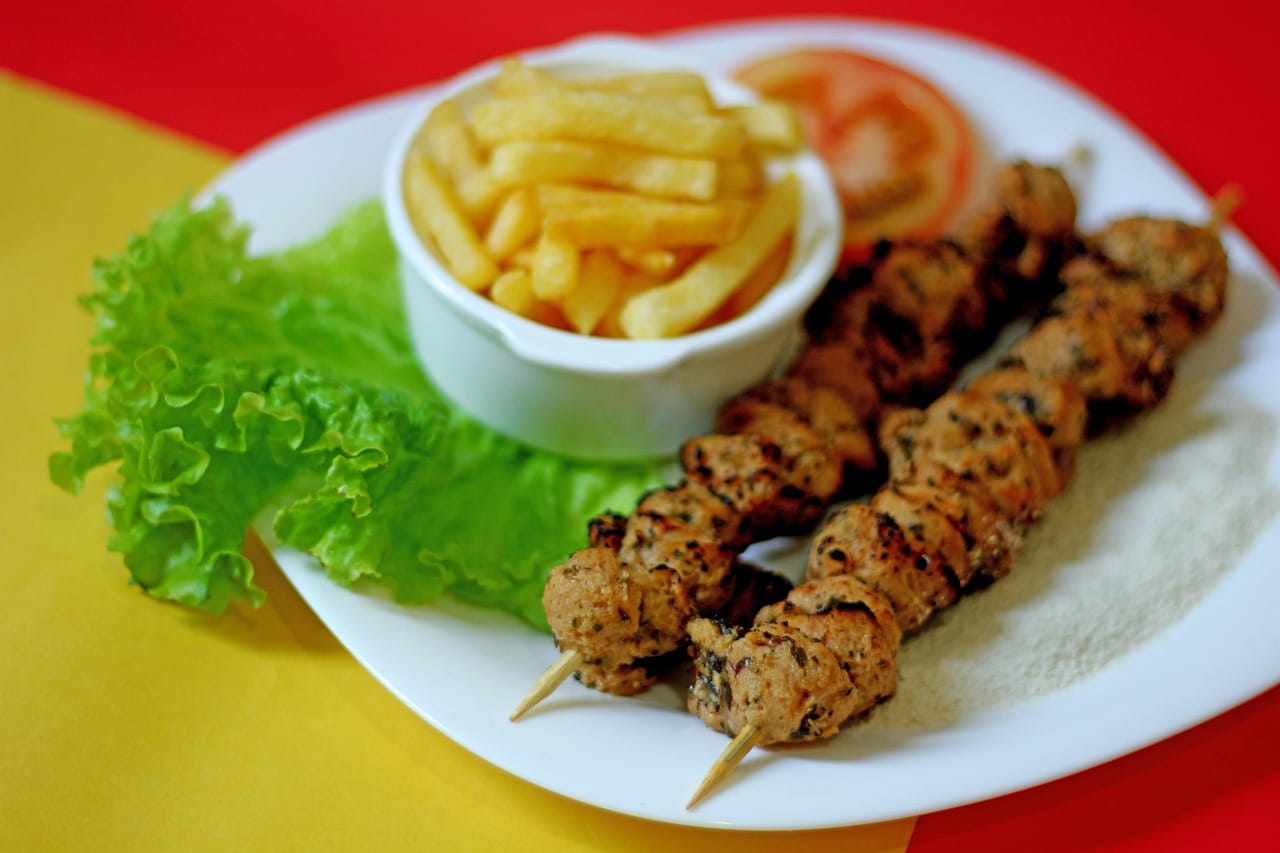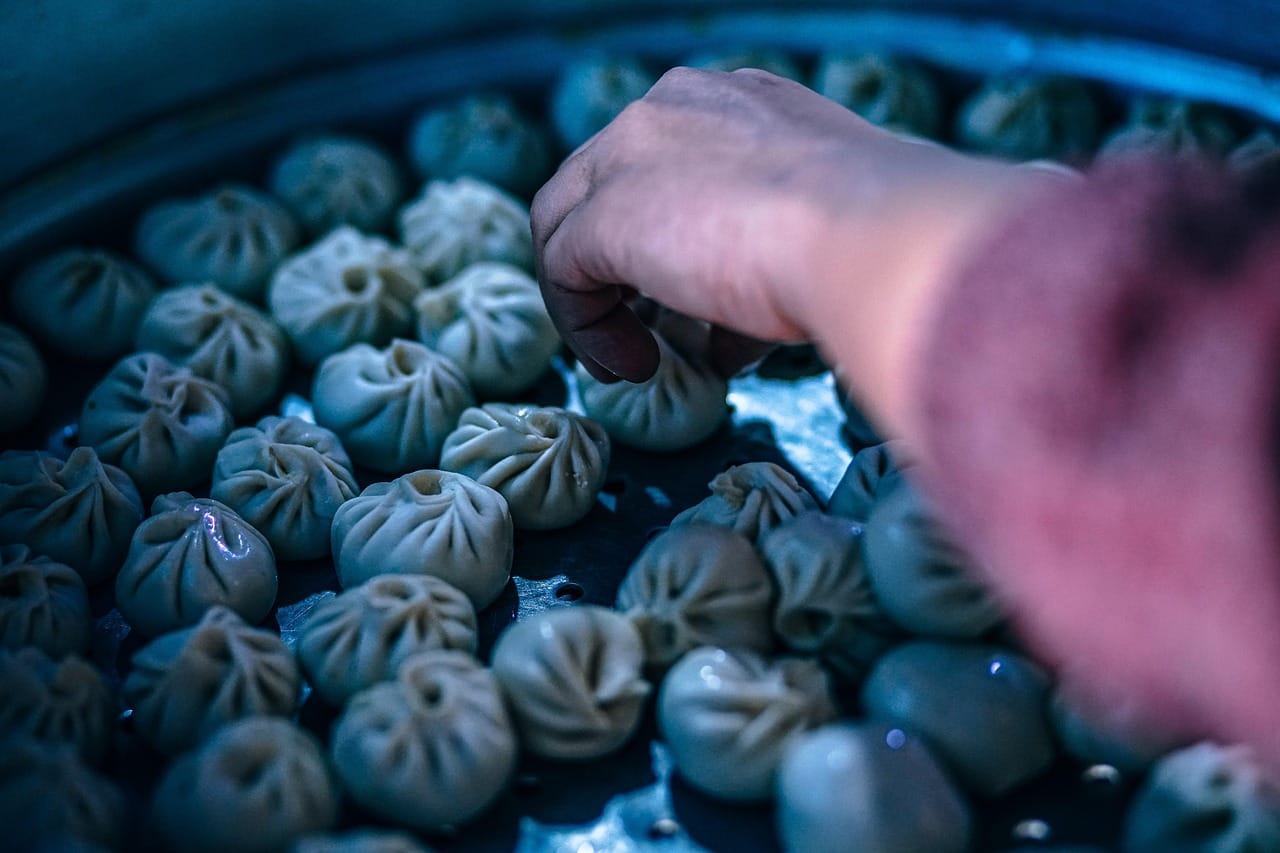Indulge in the creamy, decadent world of vegan cheesecake! Once thought to be an impossibility without dairy, vegan cheesecake has evolved into a culinary masterpiece that delights taste buds and satisfies cravings without compromising ethical values or dietary needs. This comprehensive guide will navigate you through everything you need to know about crafting and enjoying this delightful treat, from ingredient substitutions to perfecting the texture.
The Magic of Vegan Cheesecake: What Makes it So Appealing?
A Delicious Alternative to Traditional Cheesecake
Vegan cheesecake offers a guilt-free indulgence, mirroring the rich and creamy texture of its dairy-based counterpart while eliminating animal products. It’s a fantastic option for:
- Vegans and vegetarians
- Individuals with lactose intolerance or dairy allergies
- Those seeking healthier dessert alternatives
- Anyone looking to explore exciting new culinary creations
Health Benefits of Vegan Cheesecake Ingredients
Many vegan cheesecake recipes incorporate wholesome ingredients that can offer additional health benefits:
- Cashews: Rich in healthy fats, magnesium, and zinc.
- Coconut Cream: Provides a creamy texture and is a source of healthy fats.
- Dates: A natural sweetener packed with fiber and antioxidants.
- Almonds/Oats (for crusts): Offer fiber, vitamins, and minerals.
The Growing Popularity of Vegan Desserts
The demand for vegan desserts is skyrocketing. According to a report by Grand View Research, the global vegan food market was valued at USD 26.16 billion in 2021 and is expected to expand at a compound annual growth rate (CAGR) of 9.6% from 2022 to 2030. This growth reflects the increasing awareness of the ethical and environmental implications of food choices, as well as the desire for healthier options. Vegan cheesecake, in particular, stands out as a luxurious treat that doesn’t sacrifice flavor or texture.
Mastering the Key Ingredients
Choosing the Right Base: The Crust Foundation
The crust is the crucial foundation of any cheesecake, and vegan options are abundant and delicious.
- Classic Nut-Based Crust: Made with almonds, walnuts, or pecans, combined with dates for a natural sweetness and binding agent. Example: Combine 1 cup of almonds, ½ cup of dates, and a pinch of salt in a food processor until a crumbly dough forms.
- Oatmeal Crust: A wholesome and slightly chewy crust made from rolled oats, flour (gluten-free options available), and a vegan butter substitute. Example: Mix 1 cup of rolled oats, ½ cup of almond flour, ¼ cup of vegan butter, and 2 tablespoons of maple syrup.
- Cookie Crust: Use vegan-friendly cookies, such as Oreos (check ingredients for dairy) or graham crackers (ensure they are vegan), ground into crumbs and mixed with melted vegan butter.
Creamy Vegan Filling: The Heart of the Cheesecake
The filling is where the magic happens. Here are the key ingredients for a luscious, dairy-free cheesecake:
- Cashews (soaked): Soaked cashews are the most common base for vegan cheesecake. Soaking them for at least 4 hours (or overnight) softens them, allowing for a perfectly smooth and creamy texture when blended. Example: Soak 2 cups of raw cashews in boiling water for at least 4 hours, then drain and rinse thoroughly.
- Coconut Cream (full-fat): The thick, creamy part of refrigerated full-fat coconut milk provides richness and depth. Example: Refrigerate a can of full-fat coconut milk overnight, then scoop out the thick cream from the top, leaving the watery liquid behind.
- Tofu (silken): Blended silken tofu adds a creamy texture and protein. Make sure to use silken tofu, not firm or extra-firm.
- Vegan Cream Cheese Alternatives: Several brands now offer vegan cream cheese, which can be used to enhance the flavor and texture of the cheesecake. Follow instructions on the package.
Sweeteners and Flavor Enhancers
- Maple Syrup: A natural sweetener that adds a subtle caramel flavor.
- Agave Nectar: A liquid sweetener with a neutral flavor.
- Dates: A whole food sweetener that also adds fiber.
- Lemon Juice: Brightens the flavor and balances the sweetness.
- Vanilla Extract: Enhances the overall flavor profile.
Baking and Setting: Tips for Perfection
Baking vs. No-Bake Methods
Vegan cheesecakes can be prepared using both baking and no-bake methods, each offering unique advantages:
- Baked Vegan Cheesecake: Provides a slightly firmer texture and a more traditional cheesecake flavor. Baking helps to meld the flavors together and create a stable structure.
- No-Bake Vegan Cheesecake: Simpler and quicker to prepare, ideal for hot weather or when you don’t want to use the oven. Requires sufficient chilling time to set properly.
Techniques for Preventing Cracks
Cracking is a common issue with baked cheesecakes, even vegan ones. Here are some tips to prevent them:
- Water Bath: Baking the cheesecake in a water bath (bain-marie) creates a humid environment, preventing the top from drying out and cracking.
- Low and Slow Baking: Baking at a lower temperature for a longer period helps to ensure even cooking and reduces the risk of cracking. Example: Bake at 325°F (160°C) for 60-75 minutes.
- Cooling Slowly: After baking, turn off the oven and crack the door open slightly, allowing the cheesecake to cool gradually. This prevents a sudden temperature change that can cause cracking.
Setting the Cheesecake: Patience is Key
Whether baked or no-bake, allowing the cheesecake to set properly is crucial for achieving the right texture:
- Refrigeration: Refrigerate the cheesecake for at least 4-6 hours, or preferably overnight, to allow it to firm up completely.
- Freezing (optional): For a firmer texture or longer storage, you can freeze the cheesecake after it has set in the refrigerator. Wrap it tightly in plastic wrap and then in foil. Thaw in the refrigerator overnight before serving.
Vegan Cheesecake Variations and Toppings
Flavor Infusions: Beyond the Classic
Get creative with flavor combinations to elevate your vegan cheesecake:
- Chocolate: Add melted vegan chocolate or cocoa powder to the filling for a decadent treat.
- Berry: Swirl in berry compote or add fresh berries to the topping.
- Citrus: Incorporate lemon, lime, or orange zest and juice for a refreshing flavor.
- Coffee: Add instant espresso powder or strong brewed coffee to the filling for a coffee-infused cheesecake.
- Pumpkin Spice: Perfect for fall, add pumpkin puree and pumpkin pie spice to the filling.
Toppings That Wow
The topping is the finishing touch that adds visual appeal and extra flavor:
- Fresh Fruit: Berries, sliced peaches, kiwi, or any seasonal fruit.
- Vegan Whipped Cream: Coconut whipped cream or store-bought vegan whipped topping.
- Chocolate Ganache: Made with vegan chocolate and coconut cream.
- Caramel Sauce: Vegan caramel sauce made from coconut milk and brown sugar.
- Nut Crumble: A crunchy topping made from chopped nuts, oats, and sweetener.
Recipe Adaptation and Customization
Don’t be afraid to experiment with different ingredient combinations and adjust the sweetness and flavors to your liking. Vegan baking is all about creativity and finding what works best for you. Remember that some substitutions might affect the overall texture and structure, so make small adjustments and taste as you go.
Conclusion
Vegan cheesecake is a delicious and versatile dessert that can be enjoyed by everyone, regardless of dietary restrictions or preferences. With the right ingredients and techniques, you can create a creamy, decadent cheesecake that rivals its dairy-based counterpart. Embrace the possibilities, experiment with flavors and toppings, and enjoy the delightful world of vegan cheesecake! Don’t be afraid to start with simple recipes and gradually increase the complexity as you gain more confidence. Happy baking!




